How can a consumer tell a western novel from a romance one — or a mystery novel? Artists of paperback cover art in the 1940s through the 1960s were faced with that dilemma, so they used certain tropes to illustrate a mystery to distinguish it from other types of genre fiction. One of them was the “girl with a gun” theme, which had its origin in earlier mystery pulp magazines. I will treat other themes in future posts.
Why a girl with a gun? It immediately causes the observer to think that the girl or woman is in danger, but that she is in control of the situation. It also makes the potential reader buy the book to find out exactly what that dangerous situation is. Usually the girl with the gun coupled with the title of the mystery left the reader in little doubt about what kind of book he/she was looking at.
Here are some examples of the “simple” girl with a gun covers.
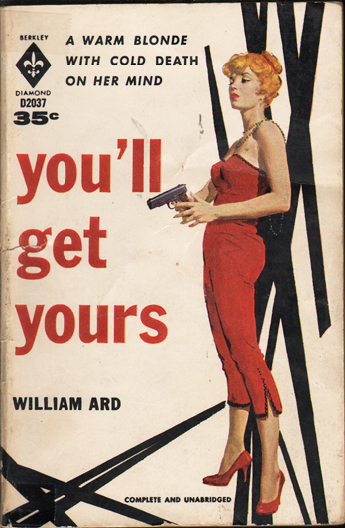
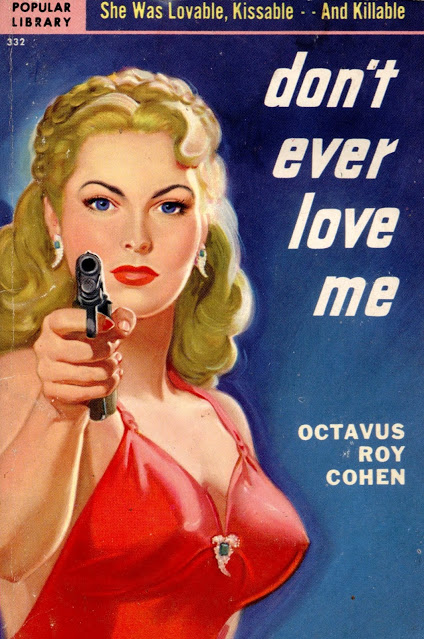
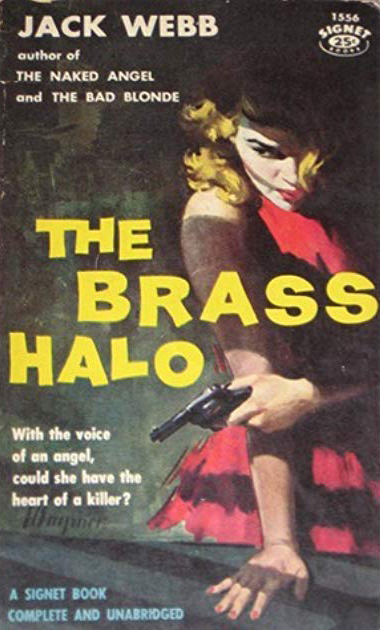
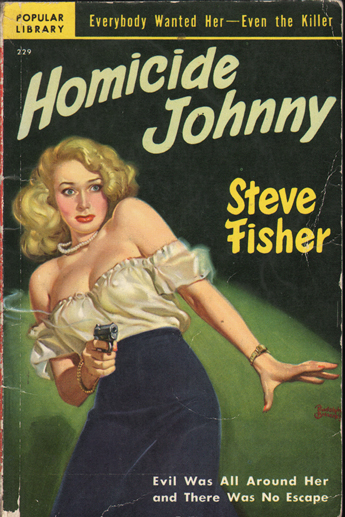
Here the gun is smoking so she has already fired it. What happened?
Then there is a variation on that theme — bigger guns!

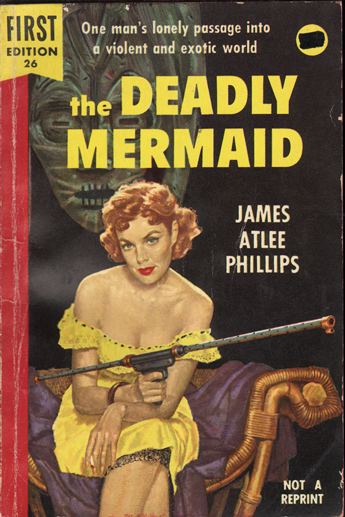
Another variation — replace the gun with a knife.
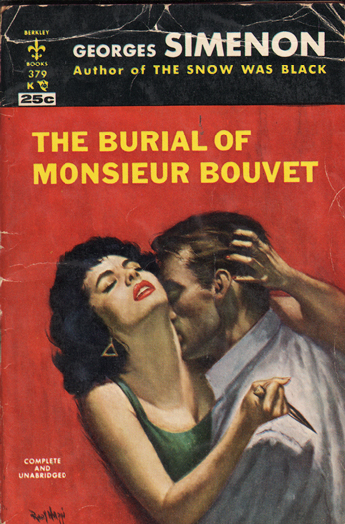
The Girl with the Gun — Almost.
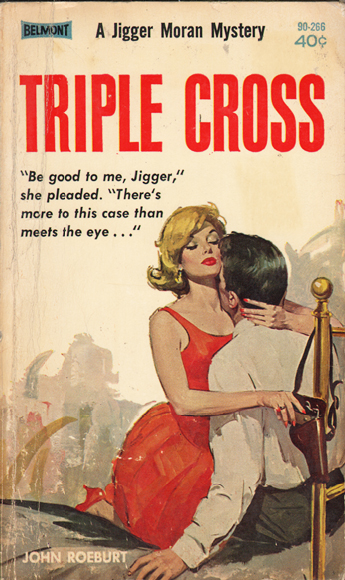
This cover leads us into the most puzzling of all — the romantic clinch — with a girl with a gun. What exactly is going on here? I have no idea.
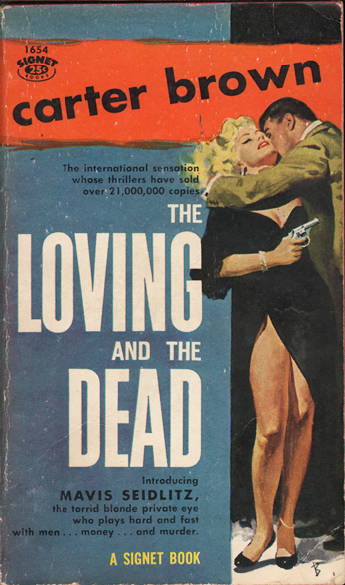
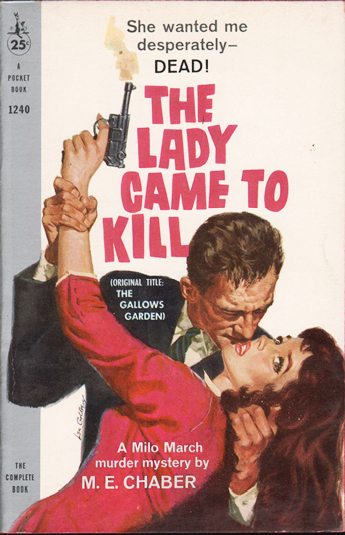
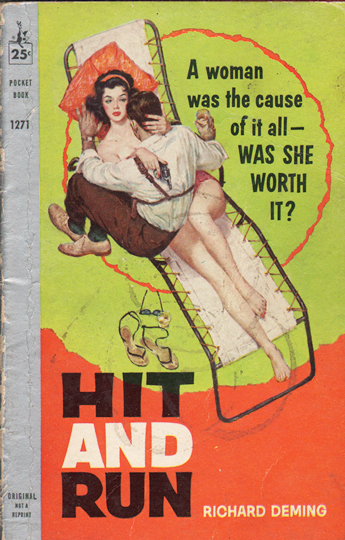
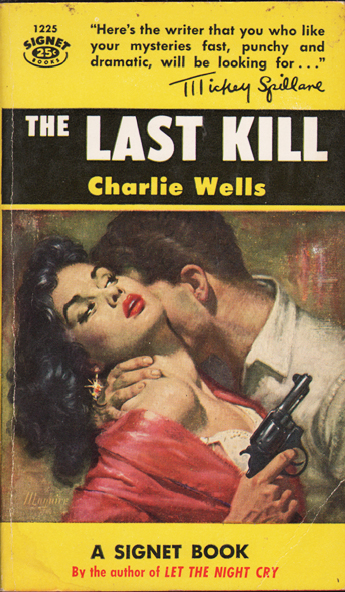

This is my favorite of all “girl with a gun” covers. Look at the guy’s hand. It doesn’t look like he’s enjoying the experience. What is going on???
Two small variations on the theme. First, a girl with a gun vs. a man with a knife. Can anyone say, “rock, paper, scissors?”
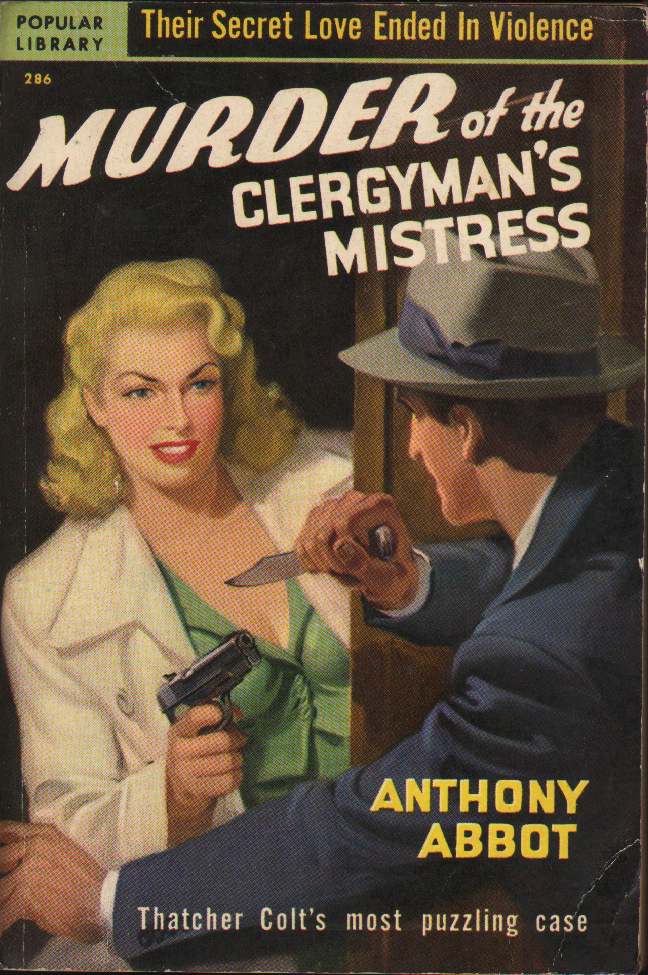
Second, a clinch, but this time the man is holding a smoking gun.
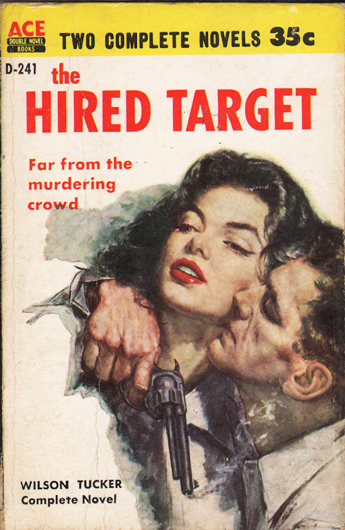
I hoped you enjoyed this short trip down memory lane. Warning: beware of the girl with the gun– especially if she’s hugging you!!